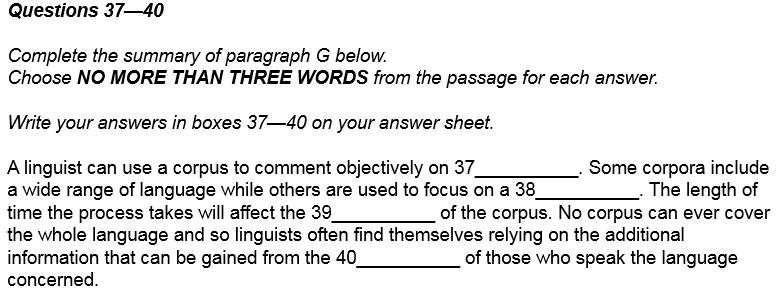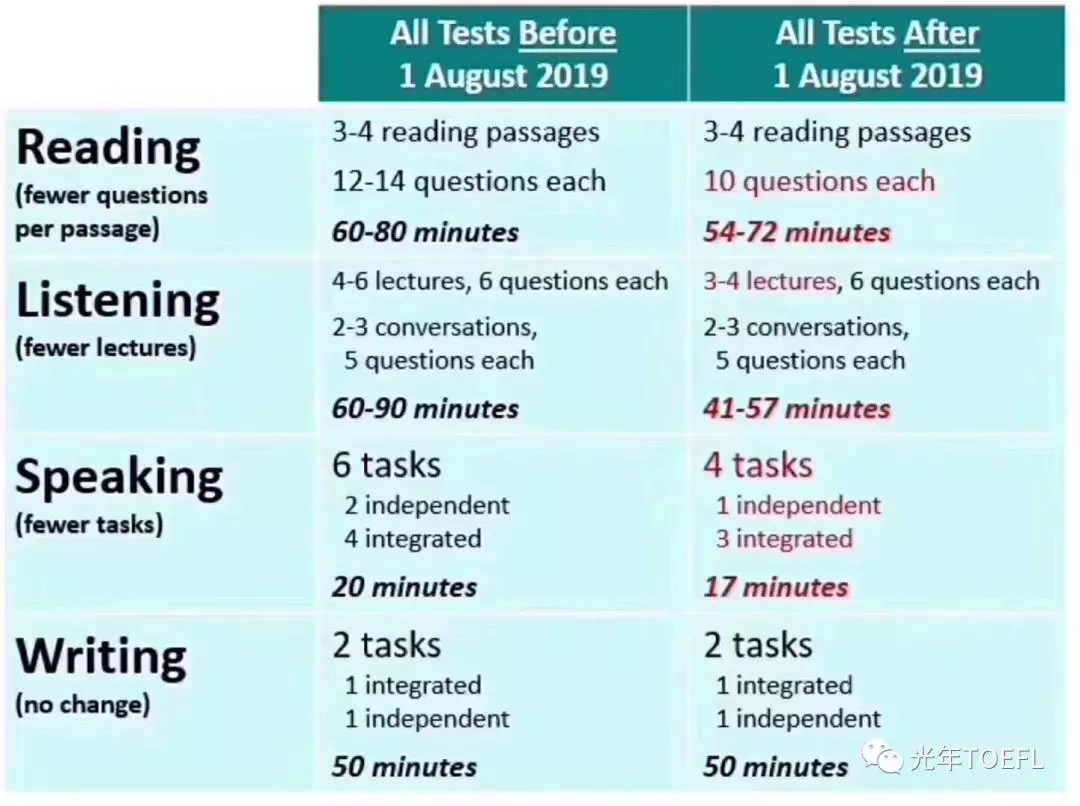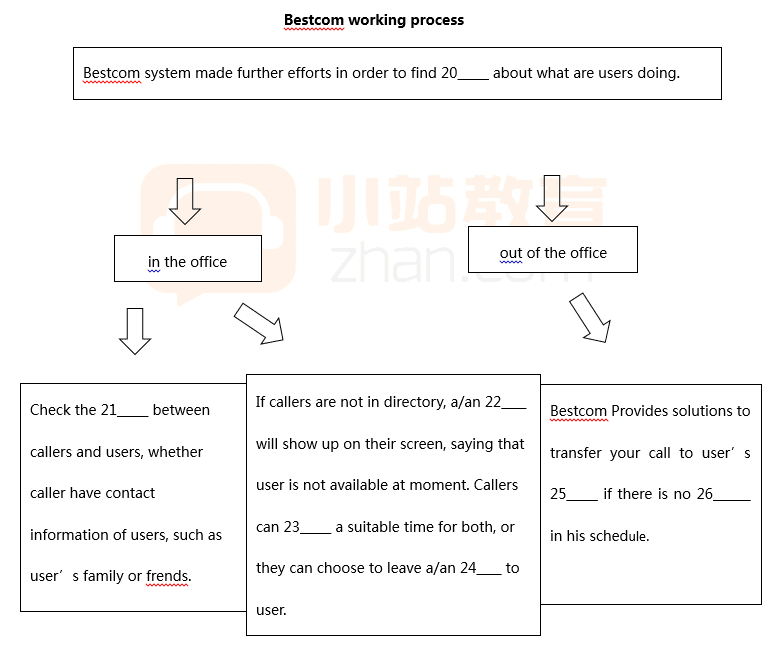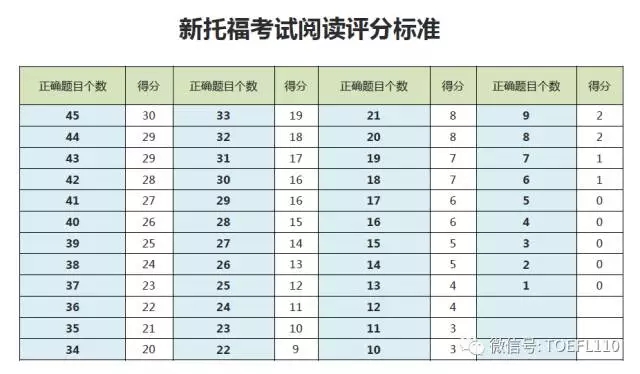备考雅思阅读的5大问题 ,你占了几?下面小编给大家带来了备考雅思阅读的5大问题,希望能够帮助到大家,下面小编就和大家分享,来欣赏一下吧。
备考雅思阅读的5大问题
问题一
盲目疯狂刷题。以为阅读题做的越多提升越快分数就会越高,陷入一种机械做题的状态,什么题都做,杂而不精。
问题二
混乱记忆单词。都说得词汇者得阅读,但是死记硬背不但不能提高词汇量反而还会增加记忆的难度。只要弄明白哪些单词是考试重点,重点突破考试词汇,就算没有足够的时间去背4000个单词,也能够考到不错的分数。
问题三
欠缺时间规划。有些烤鸭喜欢慢慢做题,斟酌每一个细节,但是这样一来1个小时就只能做完2篇文章。这里小航建议大家可以直接先看题,根据题目定位做题,可以有效提高速度。
问题四
纠结答案选项。在考试这种关键的时刻,大家还是可以考虑该猜就猜,学会舍弃,将精力放在有把握的考题上去。不要因为纠结而给自己造成过大压力。
问题五
消极心态应试。在考试的时候难免会有心态问题,对自己缺乏自信,导致考场上紧张焦虑。而且一些烤鸭在考完听力之后发现听力很糟糕,随之就完全影响了阅读的成绩。这样是得不偿失的!
8.5分高分经验
那么到底如何才能克服这些问题拿下阅读高分呢?来看看首战雅思阅读就拿下8.5分的某烤鸭给我们分享的高分经验吧~
学习是一个越多积累越多收获的过程,而在这个过程中,越努力,越幸运!一起来回顾大神的高分之路吧~
每天练习
备考的三个月里我每天做的练习只有阅读,结果四项小分里成绩最高的也当然是阅读,可以说是付出什么,就收获什么吧。做完阅读时不仅要对答案,而且一定要认真看答案解析,了解每个问题可能的陷阱在哪里,也可以适当的学会举一反三,例如自己反问自己,如果这个问题换一种问法,应该要选什么选项或者填什么,这样子在我看来可能才算是把题做透做通了吧。
其实在做阅读的时候肯定会有不认识的单词,但一般不要立即查它是什么意思,主要慢慢培养自己一种“猜”的能力,这样才能让你在真正考试时,在碰到不认识单词时,猜它的意思时会有一种特别的直觉和理解力,准确率往往也会比较高。做完阅读后也不需要查每一个不认识的单词,但是一定要查查阅读中出现的高频和核心词汇,间接的验证一下自己猜的是否准确。
模拟和真题
考前一天模拟,考试前一天做套真题,自己严格把握时间,把它当作真正考试一样对待,其实这样的模拟真题练习了平常也可以选择性的多做几次,但在考前一天做次模拟主要是为了培养自己的手感和考试的那种感觉,在第二天真正考试的时候才会有那种熟悉感,拿上笔时而没有那种陌生和久违感。
解题技巧
老师课上讲的那些技巧的确是比较有用的,平常做练习的时候需要熟记于心,学会应用,用多了熟能生巧了,考试自然能轻松应用了。考前可以抽出来20分钟的时间再单纯的回顾一下笔记,加深一些印象,像作文的某些高分核心句和词汇,阅读的一些注意之处,都可以考前看看,短时间记忆在考场上还是能发挥一定作用的。
应试心态
心态至少占30%的比例吧,越是紧张,或者越是在意、追求这次考试必须考出来什么什么样的成绩,反而会事与愿违吧,感觉心里已经有一些其他的杂念让你无法百分之百的专心投入到考试中去了。越是轻松上阵状态越好,成绩也会相应更好吧。
雅思阅读机经考试真题回忆及答案解析
一、 考试概述:
本次考试的文章两篇旧题一篇新题,第一篇是诺贝尔的人物传记,第二篇是讲了一种叫howler的猴子的生活习性,第三篇是讲澳大利亚博物馆的特点,题目方面难度较大的List of Headings没有出题,但是其它配对题出题量较大共15道题目,对考生的做题速度要求还是比较高的。
二、具体题目分析
Passage 1:
题目:Alfred Nobel
题型:判断题6 +填空题7
新旧程度:旧题
文章大意:讲了Alfred Nobel的生平以及他一生做的贡献
参考文章:
Alfred Nobel
The man behind the Nobel Prize
A Since 1901, the Nobel Prize has been honoring men and women from all comers of the globe for outstanding achievements in physics, chemistry, medicine, literature, and for work in peace. The foundations for the prize were laid in 1895 when Alfred Nobel wrote his lost will, leaving much of his wealth to the establishment of the Nobel Prize.
B Alfred Nobel was born in Stockholm on October 21. 1833. His father Immanuel Nobel was an engineer and inventor who built bridges and buildings in Stockholm. In connection with his construction work Immanuel Nobel also experimented with different techniques for blasting rocks. Successful in his industrial and business ventures, Immanuel Nobel was able, in 1842, to bring his family to St. Petersburg. There, his sons were given a first class education by private teachers. The training included natural sciences, languages and literature. By the age of 17 Alfred Nobel was fluent in Swedish, Russian, French, English and German. His primary interests were in English literature and poetry as well as in chemistry and physics. Alfred's father, who wanted his sons to join his enterprise as engineers, disliked Alfred's interest in poetry and found his son rather introverted.
C In order to widen Alfred's horizons his father sent him abroad for further training in chemical engineering. During a two year period Alfred Nobel visited Sweden, Germany. France and the United States. In Paris, the city he came to like best, he worked in the private laboratory of Professor T. J. Pelouze, a famous chemist. There he met the young Italian chemist Ascanio Sobrero who, three years earlier, had invented nitroglycerine, a highly explosive liquid. But it was considered too dangerous to be of any practical use. Although its explosive power greatly exceeded that of gunpowder, the liquid would explode in a very unpredictable manner if subjected to heat and pressure. Alfred Nobel became very interested in nitroglycerine and how it could be put to practical use in construction work. He also realized that the safety problems had to be solved and a method had to be developed for the controlled detonation of nitroglycerine.
D After his return to Sweden in 1863, Alfred Nobel concentrated on developing nitroglycerine as an explosive. Several explosions, including one (1864) in which his brother Kmil and several other persons were killed, convinced the authorities that nitroglycerine production was exceedingly dangerous. They forbade further experimentation with nitroglycerine within the Stockholm city limits and Alfred Nobel had to move his experimentation to a barge anchored on Lake Malaren. Alfred was not discouraged and in 1864 he was able to start mass production of nitroglycerine. To make the handling of nitroglycerine safer Alfred Nobel experimented with different additives. He soon found that mixing nitroglycerine with kieselguhr would turn the liquid into a paste which could be shaped into rods of a size and form suitable for insertion into drilling holes. In 1867 he patented this material under die name of dynamite. To be able to detonate the dynamite rods he also invented a detonator (blasting cap) which could be ignited by lighting a fuse. These inventions were made at the same time as the pneumatic drill came into general use. Together these inventions drastically reduced the cost of blasting rock, drilling tunnels, building canals and many other forms of construction work.
E The market for dynamite and detonating caps grew very rapidly and Alfred Nobel also proved himself to be a very skillful entrepreneur and businessman. Over the years he founded factories and laboratories in some 90 different places in more than 20 countries. Although he lived in Paris much of his life he was constantly traveling. When he was not traveling or engaging in business activities Nobel himself worked intensively in his various laboratories, first in Stockholm and later in other places. He focused on the development of explosives technology as well as other chemical inventions, including such materials as synthetic rubber and leather, artificial silk, etc. By the time of his death in 18% he had 355 patents.
F Intensive work and travel did not leave much time for a private life. At the age of 43 he was feeling like an old man. At this time he advertised in a newspaper “Wealthy, highly-educated elder gentleman seeks lady of mature age, versed in languages, as secretary and supervisor of household. " The most qualified applicant turned out to be an Austrian woman. Countess Bertha Kinsky. After working a very short time for Nobel she decided to return to Austria to marry Count Arthur von Suttner. In spite of this Alfred Nobel and Bertha von Suttner remained friends and kept writing letters to each other for decades. Over the years Bertha von Suttner became increasingly critical of the arms race. She wrote a famous book, Lay Down Your Arms and became a prominent figure in the peace movement. No doubt this influenced Alfred Nobel when he wrote his final will which was to include a Prize for persons or organizations who promote peace. Several years after the death of Alfred Nobel, the Norwegian Storting (Parliament) decided to award the 1905 Nobel Peace Prize to Bertha von Suttner.
G Alfred Nobel died in San Remo, Italy, on December 10, 1896. When his will was opened it came as a surprise that his fortune was to be used for Prizes in Physics, Chemistry. Physiology or Medicine, Literature and Peace. The executors of his will were two young engineers, Ragnar Sohlman and Rudolf Lilljequist. They set about forming the Nobel Foundation as an organization to take care of the financial assets left by Nobel for this purpose and to coordinate the work of the Prize-Awarding Institutions. This was not without its difficulties since the will was contested by relatives and questioned by authorities in various countries.
H Alfred Nobel's greatness lay in his ability to combine the penetrating mind of the scientist and inventor with the forward-looking dynamism of the industrialist. Nobel was very interested in social and peace-related issues and held what were considered radical views in his era. He had a great interest in literature and wrote his own poetry and dramatic works. The Nobel Prizes became an extension d a fulfillment of his lifetime interests.
参考答案:
判断题:
1. The first Nobel Prize was awarded in 1895. FALSE
2. Nobel's father wanted his son to have better education than what he had had. NOT GIVEN
3. Nobel was an unsuccessful businessman. FALSE
4. Bertha von Suttner was selected by Nobel himself for the first peace prize. FALSE
5. The Nobel Foundation was established after the death of Nobel. TRUE
6. Nobel's social involvement was uncommon in the 1800’s. TRUE
填空题:
7. chemical engineering
8. Ascanio Sobrero
9. gunpowder
10. Stockholm
11. detonator
12. pneumatic drill
13. cost
(答案仅供参考)
雅思听力小范围预测:Section Two
Section Two
场次 20160813 2011097 20110813 20100520 20091205 2006
场景 旅游介绍
题型 填空 4 单选 2 配对 4
内容概述 关于 mitchell island 的 travelling advice
选择 2
1. 可以坐什么交通工具到小岛上? A
A. plane B. ferry C. hovercraft C. hover craft 为干扰项是,但是他又说这个项目被
取消了还是怎么了,所以 不能选。
2. 第二个选择题是问坐出租车需要彭彭提请注意什么?选 B.
A. uncomfortable B. unroadworth C. unregistered
配对 4
3-6.是 Matching 题,要求分别把 E-east coast;N-north coast;W-west coast 对
应到相关服务的选项上
3. 第一个服务好像是什么餐饮之类的,self-cafeteria restaurant 这一项填 E
4. natural walk to amusing park,填 N
5. shop,不用填
6. 第四个高尔夫课程 Golf Course,填 N
填空 4
7. tropical diseases
8. 要带 bottles of water
9. snakes 原文:因为说是东海岸有危险动物,好像是例如西海岸的蛇
10. 岛上有犯罪记录的是 monkeys 原文:这里提到过的“犯罪”是谁干的,
说是本地的猴子为了找食物
雅思听力小范围预测:Section Three
Section Three
场次 20110111 20100605
题型 填空 7 单选 3
内容概述 男教授和一男一女两个学生讨论语言学习问题
单选 3
1:问女生学习中遇到的问题。
A. German for science is too difficult.
B. she doesn’t grasp the skill to learn independently
C. she is too busy to learn
2. What did Ivan do in the library?
A. sort out the timetable
B. read newspapers
C. send e-mail
3: 两人学习中共同的问题。
选 A. too many people in the library
备考雅思阅读的5大问题相关文章:
★ 雅思阅读分数上不去要如何备考
★ 雅思备考写作如何做到精准审题
★ 雅思备考干货:三周完胜雅思写作备考方案
★ 3个月备考期的雅思阅读复习经验
★ 雅思口语备考高分技巧分享
★ 雅思阅读备考必知问题全面解答
★ 雅思历年真题回顾及其思路解析
★ 雅思写作目标5.5分重点练习什么
★ 雅思A类阅读备考做到这5点才是基础
★ 雅思精读到底怎样操作最有效
下一篇:雅思阅读高分技巧之把握好逻辑关系





